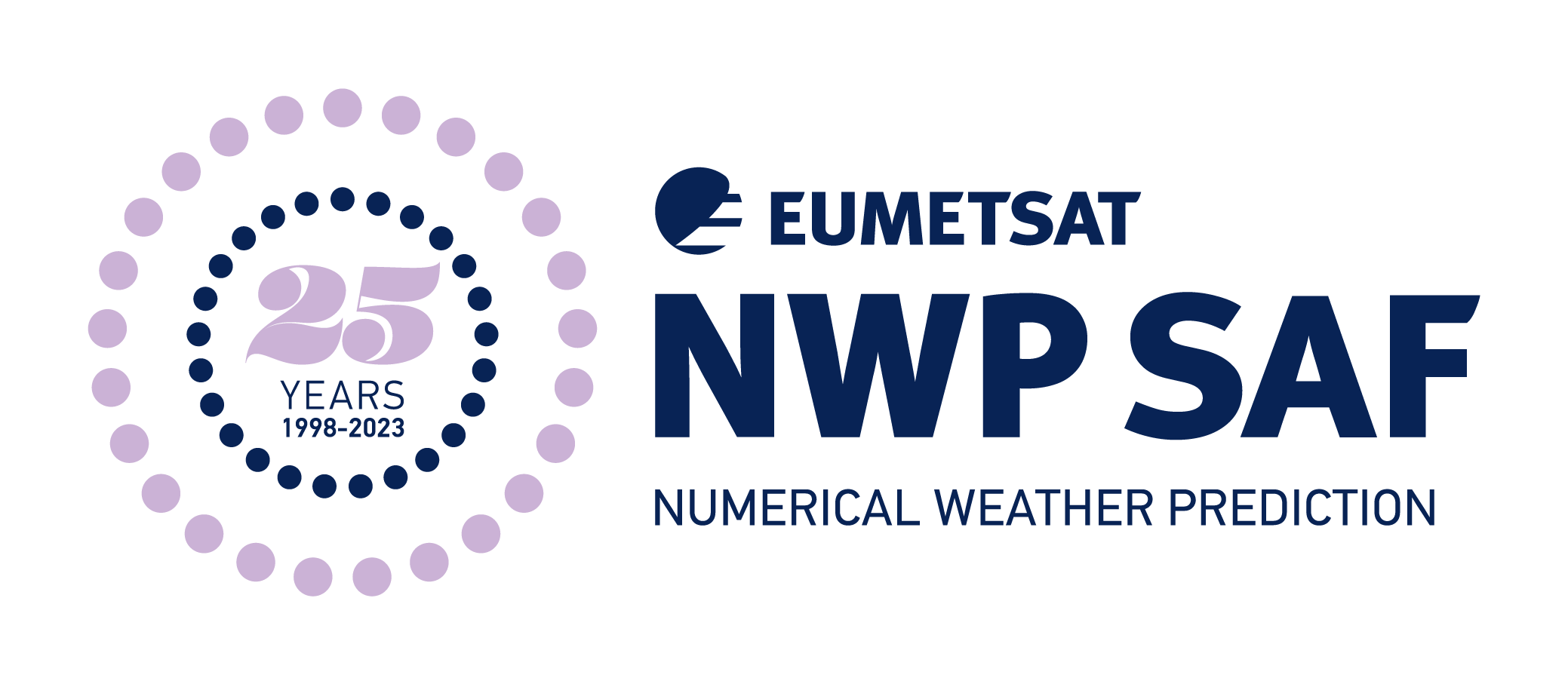Satellite Application Facility for Numerical Weather Prediction › Forums › RTTOV › Older Versions › RTTOV v13 › RTTOV v13 General Discussion › Questions about rtcoef_fy3_5_mwts3_srf.dat
- This topic has 8 replies, 2 voices, and was last updated 11 months, 1 week ago by
 James Hocking.
James Hocking.
-
AuthorPosts
-
December 1, 2024 at 1:35 pm #50055
 liu xuanParticipant
liu xuanParticipantDear James,
I want to simulate the microwave brightness temperature in the 31.4GHz band, under both horizontal and vertical polarization. After checking, I found that the MWTS3 sensor of FY3-E contains a 31.4GHz band. But when I opened its coefficient file to check, I found that his MPOL is not horizontally polarized or vertically polarized in that band. Can this rtcoef_fy3_5_mwts3_strf.dat be regenerated? I know that hydrotable_fy3_mwts3.dat can be regenerated.

Looking forward from you.
Yours sincerely,
LiuXuanDecember 2, 2024 at 8:32 am #50062 James HockingKeymaster
James HockingKeymasterDear LiuXuan,
You can edit the polarisation for each channel in the rtcoef file directly if you want to test V and H pol simulations instead of the QV/QH polarisation. The polarisations do not affect the gas optical depth coefficients. The hydrotables are also independent of the channel polarisation because RTTOV is not a polarised scattering RT model, although you should be aware of the approximate polarisation treatment applied by RTTOV-SCATT in v13. I strongly recommend you consult section 8.7 of the user guide, and particularly page 84 in the v13.2 user guide if you are running RTTOV-SCATT simulations after changing the polarisation to V or H pol for MWTS-3.
Best wishes,
JamesDecember 2, 2024 at 12:51 pm #50080 liu xuanParticipant
liu xuanParticipantDear James,
Thank you for your answer. I directly modified the polarization method in the rtcoef file. In addition, regarding the issue of multithreading, I think it is because the nlevels of each profile are different, and each profile needs to be configured with a corresponding data structure.
Best wishes,
LiuXuanDecember 2, 2024 at 12:56 pm #50081 James HockingKeymaster
James HockingKeymasterDear LiuXuan,
Yes, RTTOV requires all profiles to be defined on the same number of levels. It is strongly reommended to input profiles on the native vertical levels of the profile source data. For example, if they come from an NWP model, then you should input the profile data on the NWP model vertical grid. In this case, all your profiles will be on the same number of levels.
Best wishes,
JamesDecember 10, 2024 at 12:56 pm #50104 liu xuanParticipant
liu xuanParticipantDear James,
Thank you for your reply. I have been using rttov_stcatt to simulate the brightness temperature at the top of atmosphere(radiacne% bt) of AMSR2. However, I found that the polarization difference of brightness temperature at the same frequency is very small, with a magnitude of about 0.00001. I want to know if this result is reasonable? Because I simulated a brightness temperature polarization difference of 0.01 using another 1D model. I want to know if there are any details that I haven’t noticed. Look forward to your reply.
Best wishes,
LiuXuanDecember 10, 2024 at 1:06 pm #50105 James HockingKeymaster
James HockingKeymasterDear LiuXuan,
It is difficult to offer a concrete opinion without knowing what input profile you are using and the RTTOV option settings.
However, a BT difference of 0.01 K is extremely small, and certainly much smaller than the errors in RTTOV-SCATT simulations, so I would not necessarily be concerned about BT differences of 0.01 K vs 1E-5 K between different RT models.
Is it the case that your profile has a lot of cloud/hydrometeors which are significantly reducing the sensitivity of the TOA BTs to the surface? Do you see a larger difference between the V/H-pol clear-sky BTs?
Best wishes,
JamesDecember 11, 2024 at 2:29 am #50106 liu xuanParticipant
liu xuanParticipantDear James,
Thank you for your reply. I have set the surface emissivity for all bands and polarizations to 0.95 in the program. After considering your suggestion, the contribution of the surface to TOA brightness temperature is the largest. So I set the surface emissivity of each H polarization to 0.94 and the surface emissivity of each V polarization to 0.95. I tested again and observed a significant polarization difference of BT. Thank you for your suggestion.
Best wishes,
LiuXuanDecember 14, 2024 at 12:24 pm #50121 liu xuanParticipant
liu xuanParticipantDear James,
I have previously calculated the atmospheric transmittance under clear sky conditions. Now, I want to calculate the atmospheric transmittance in the microwave band under cloudy conditions. I read the user guide. I need to use the structure of rttov_stcatt_eims_retrieval_type here. But I found that the transmittance in rttov_alloc_direct is not the same as what I mentioned earlier? There is also no option for transmittance on the rttov_scatt. So How should I correctly use rttov_statt_emis_reviseval_type?Look forward to your reply.
Best wishes,
LiuXuanDecember 16, 2024 at 8:38 am #50123 James HockingKeymaster
James HockingKeymasterDear LiuXuan,
RTTOV-SCATT does not output cloudy level-to-space transmittances. The emissivity retrieval data structure contains only the total (satellite-surface) clear and cloudy atmospheric transmittances.
It may not be helpful, but RTTOV v14 (due for release early next year) will be able to output cloudy level-to-space transmittances.
Best wishes,
James -
AuthorPosts
- You must be logged in to reply to this topic.
